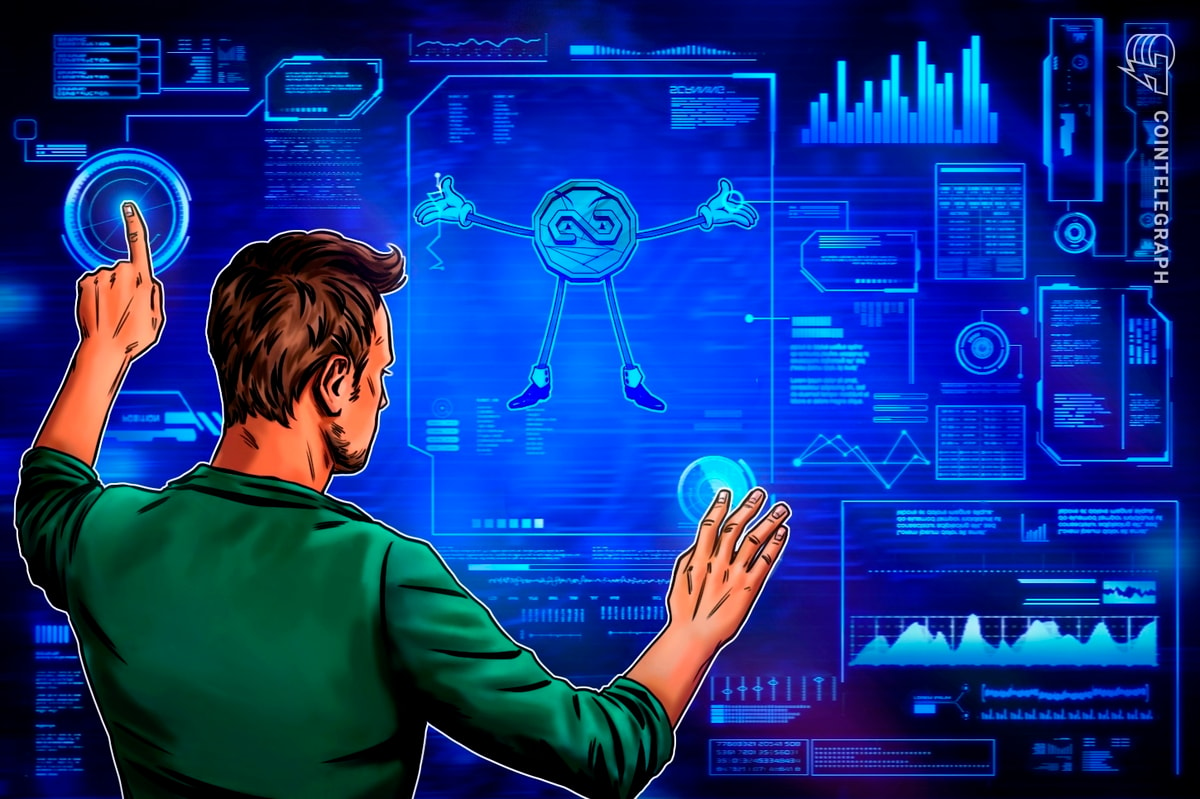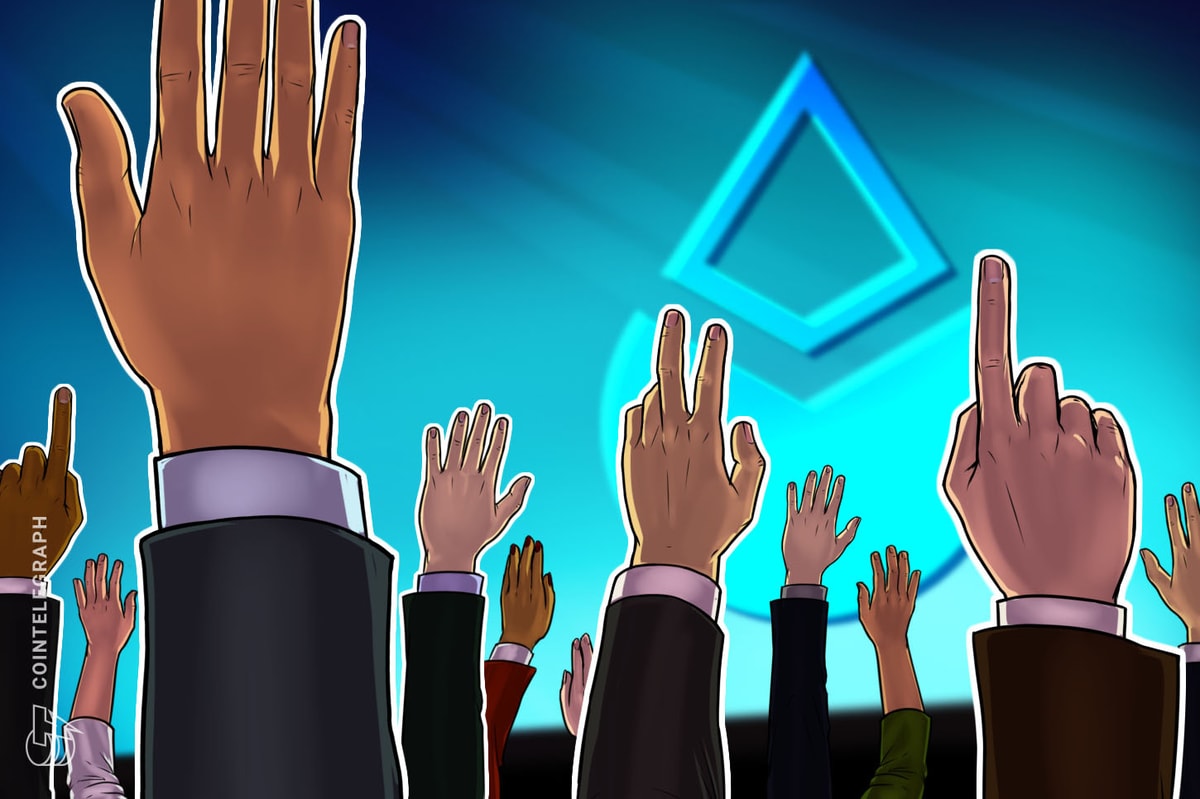
If you build it, they will come. But there’s an exception to every rule and to every Kevin Costner movie misquote. The European Union reportedly built a nearly $400,000 digital metaverse, and only 6 people showed up to the gala celebrating it. On Tuesday night, journalist Vincent Chadwick went to the party and found his virtual avatar almost entirely alone.
The Global Gateway’s metaverse launched in mid-October with the intent of becoming a “shared digital space” where people disguised as lanky, anthropomorphic balloon animals can meet and “reflect on global issues to make a difference for our shared future,” according to the EU’s International Partnerships Twitter account. The European Commission’s foreign aid department spent €387,000 (or around $400,000 at press time) developing the virtual world, according to Chadwick’s reporting in Devex.
And some within the department reportedly weren’t happy about the decision. “Depressing and embarrassing,” one foreign aid employee reportedly told Chadwick. The Devex journalist wrote that another described it as “digital garbage.” Twitter commenters weren’t much kinder to the European Commission either. “Seriously? There is a massive drought in East Africa, UNHCR doesn’t have enough funds for food for refugees in camps, etc etc and THIS is what you choose to spend money on?,” wrote one sustainable agriculture researcher in response to the EU’s official tweet.
G/O Media may get a commission
An EU spokesperson told Devex that the target audience for the Global Gateway metaverse project was 18-35 year olds “who identify as neutral about the EU and are not particularly engaged in political issues.” Ultimately, the goal is to attract these young people via social media and “encourage them to engage” and “increase awareness of what the EU does on the world stage.”
Naturally, Gizmodo had to check it out for ourselves. I dyed my little headphone-wearing balloon man turquoise and set out to attend the “24H Beach Party.” The first thing worth noting: the camera controls are incredibly clunky. You cannot shift your view using the keyboard—only by pointing and clicking with your mouse. Meanwhile, arrow keys control your avatar’s movement. You are supposedly meant to be able to fly by pressing “F” but the control did nothing for me every time I tried it in different settings, with different key combos.
The next thing: Though the beach party may initially seem crowded with cylindrical limbs, all of the other avatars present appeared to be permanent non-human fixtures—just decorations for the unending loop of techno beats. In the background, a video cycled through a graphic text montage displaying the words “climate,” “education,” “public health,” and “digitization.” I also stopped by some of the video “installations” advertising EU initiatives like the Erasmus Mundus scholarship and global health grants. They were…underwhelming.
There are also dolphins perpetually jumping, a soothing tropical bird soundtrack, and some “art” “installations.” I kept trying to start up chats with other avatars that had name tags floating above their heads, but nobody responded. I messaged into the void. Though the EU’s metaverse attempt is a less than stellar overall experience, to be fair: the graphics appear basically on par with what Meta has going on in Horizon Worlds—and Mark Zuckerberg has dumped billions into that project.
Recently, the Commission hosted a few events inside its metaverse: a series of talks and then a “Global Gateway Gala” to close out the sequence. And it was at that Tuesday night event that Chadwick found himself solo. Now, the only scheduled event remaining is “Club Nights” which is listed as “Weekly from now on” but is actually just referencing the aforementioned 24H Beach Party. If the EU opts to keep paying for the server space supporting its metaverse, I guess the party of none might never end.
Read More: news.google.com









 Bitcoin
Bitcoin  Ethereum
Ethereum  Tether
Tether  XRP
XRP  Solana
Solana  USDC
USDC  Dogecoin
Dogecoin  Cardano
Cardano  TRON
TRON  Lido Staked Ether
Lido Staked Ether  Sui
Sui  Wrapped Bitcoin
Wrapped Bitcoin  Chainlink
Chainlink  Avalanche
Avalanche  Wrapped stETH
Wrapped stETH  Pi Network
Pi Network  Shiba Inu
Shiba Inu  Stellar
Stellar  Hedera
Hedera  Toncoin
Toncoin  Hyperliquid
Hyperliquid  Bitcoin Cash
Bitcoin Cash  USDS
USDS  Polkadot
Polkadot  LEO Token
LEO Token  Litecoin
Litecoin  WETH
WETH  Monero
Monero  Pepe
Pepe  Wrapped eETH
Wrapped eETH  Bitget Token
Bitget Token  Binance Bridged USDT (BNB Smart Chain)
Binance Bridged USDT (BNB Smart Chain)  Coinbase Wrapped BTC
Coinbase Wrapped BTC  Ethena USDe
Ethena USDe  WhiteBIT Coin
WhiteBIT Coin  Uniswap
Uniswap  Bittensor
Bittensor  NEAR Protocol
NEAR Protocol  Aptos
Aptos  Dai
Dai  Ondo
Ondo  Aave
Aave  OKB
OKB  Internet Computer
Internet Computer  Ethereum Classic
Ethereum Classic  BlackRock USD Institutional Digital Liquidity Fund
BlackRock USD Institutional Digital Liquidity Fund  sUSDS
sUSDS  Cronos
Cronos